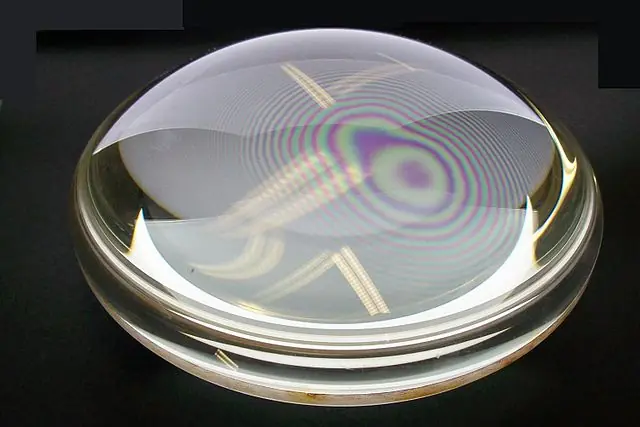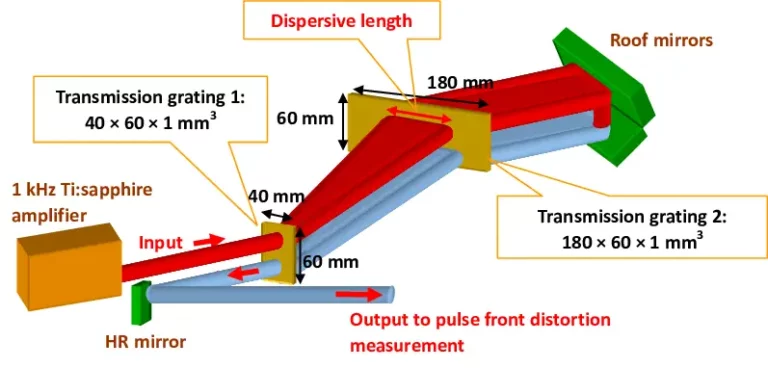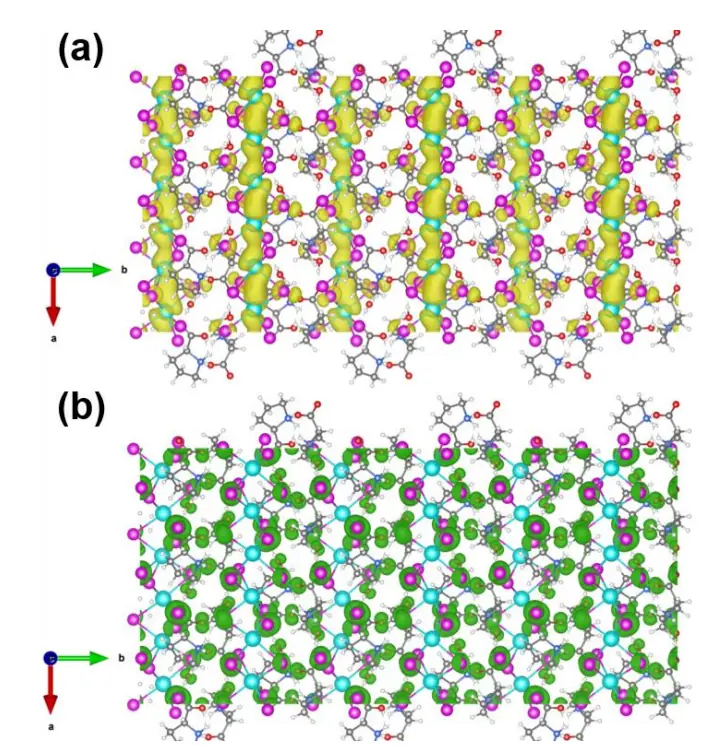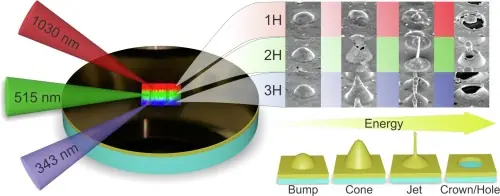What Are Newton’s Rings?

Newton’s rings are an optical phenomenon that occurs when light reflects off a thin film of air or other transparent substance between two surfaces. The phenomenon was first described by Sir Isaac Newton in the 17th century, and it has been studied extensively since then due to its many applications in optics, physics, and engineering.
To understand how Newton’s rings work, it is first important to understand the principles of reflection and refraction. When light hits a surface, it can either be reflected or refracted (bent). The amount of reflection or refraction that occurs depends on the angle of incidence (the angle at which the light hits the surface) and the refractive index of the material.
In the case of Newton’s rings, the light reflects off the thin film of air or other transparent substance between two surfaces, creating an interference pattern. This pattern is formed by the constructive and destructive interference of light waves.
Constructive interference occurs when two light waves combine in such a way that their amplitudes (or intensity) add up, creating a brighter spot. On the other hand, destructive interference occurs when two light waves combine in such a way that their amplitudes cancel each other out, creating a darker spot.

The resulting pattern is a series of concentric circles, which are known as Newton’s rings. The radius of each ring is determined by the thickness of the film and the angle of incidence of the light.
Newton’s rings can be observed using a simple experiment. To set up the experiment, you will need a flat glass plate, a spherical lens, and a light source. Place the glass plate on top of the lens and shine the light source onto the glass plate. You will see a series of concentric circles appearing on the glass plate.
Newton’s rings have many practical applications in optics and engineering. For example, they can be used to measure the thickness of thin films, the shape of lenses and other curved surfaces, and the refractive index of materials.






